Fishing reels have come a long way since the ages when humans needed to fish and hunt to survive. As fishing evolves, the aesthetics and beauty of fishing reels conceals the complex parts and components within it, making it is easy to overlook the amount of detail and engineering that goes into making the fishing life easier and more enjoyable.
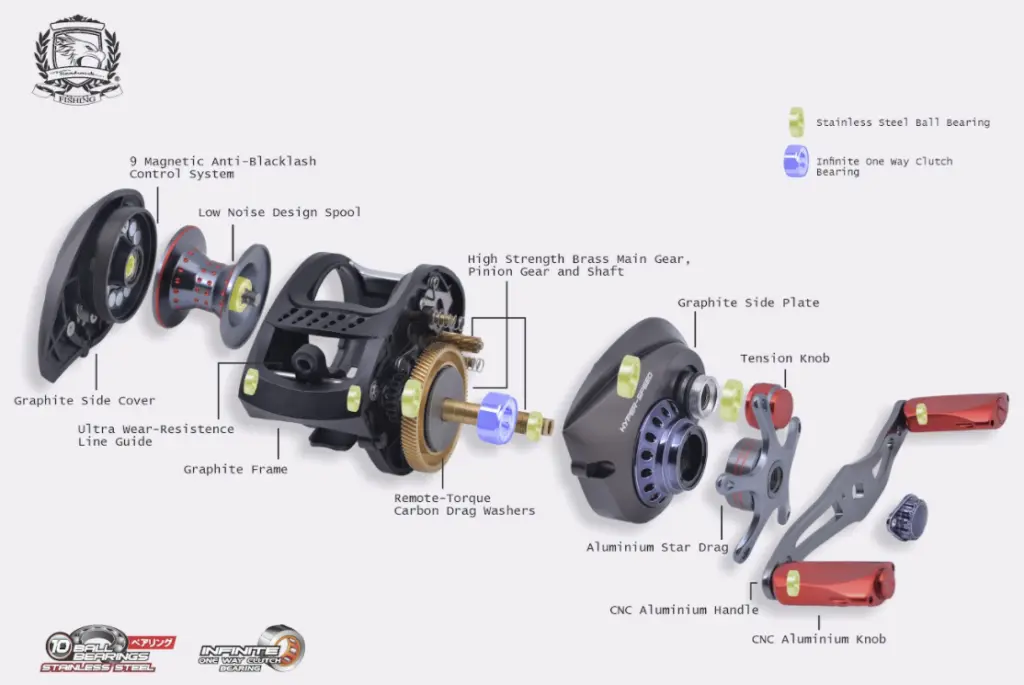
Source: Team Seahawk Blitzkrieg ALX
Now, fishing is less for survival and more for leisure, business and enjoying nature. Malaysia is blessed with countless places to enjoy fishing, but it is important to first find the right fishing reel for yourself.
A quality fishing reel is one that optimizes that fishing experience, minimizes all the worries and troubles, while still looking pretty and handsome for you.
Effortless and smooth casting and reeling, zero line tangles, sufficient drag, clicker notification, and the eye-catching yet durable materials.
These are some of the characteristics of a good fishing reel, plus of course, the ability to help you get fish.
Here are some information to help you find the right reel for you.
In Malaysia there are typically two types. The first is the spinning reel:
Source: Seahawk Finaru
This type is most common and seen mostly used on cartoons and TV shows.
The conventional spinning reel’s construct that has its spool perpendicular with the fishing rod allows it to be casted generally with more ease and easier speed control.
When casting, the bail arm is first flipped open, this way actually minimizes tangles and backlashes.
In general, spinning reels are cheaper, easier to use and better for casting at shoreline, beaches, and peers due to their parabolic casting arc.
As such, spinning reels highly popular in Malaysia, especially amongst beginners.
Source: Team Seahawk Bass Ltd
The second type is baitcasting reels, where the spool is parallel to the rod and would spin to release or retrieve the line when casting or reeling, respectively.
This reel has no bail arm. So when casting, the reel has to bet to free spool rather than releasing the bail arm like the spinning reel.
These reels are more popular for experienced anglers that are more experienced in controlling the casting speed because line tangles and backlashes are more likely to happen if casted incorrectly.
However, the rewards for practicing the pricier baitcasting reels are superior casting distance, greater accuracy, and better handling of bigger heavier fish and lines.
As the saying goes: with great power comes great responsibility.
Source: Team Seahawk Musha
There are also special reels like the overhead reels and the electric reels which are less common in Malaysia and South East Asia.
Because they cannot cast very far, overhead reels as shown in the picture above are used for drifting and bottom fishing while using heavy lures. The electric reels’ main benefit is its machine retrieving of the line and its ease of use.
In short, both overhead and electric reels are used mainly for deep ocean fishing, mainly to catch fishes that are too hard for humans to reel in like sharks and swordfishes.
These reels would also cost more as a result, especially the electric reels that are usually around USD 500 or more.
Going deeper into reels…
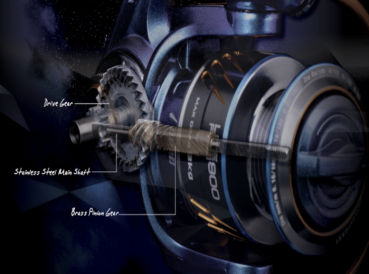
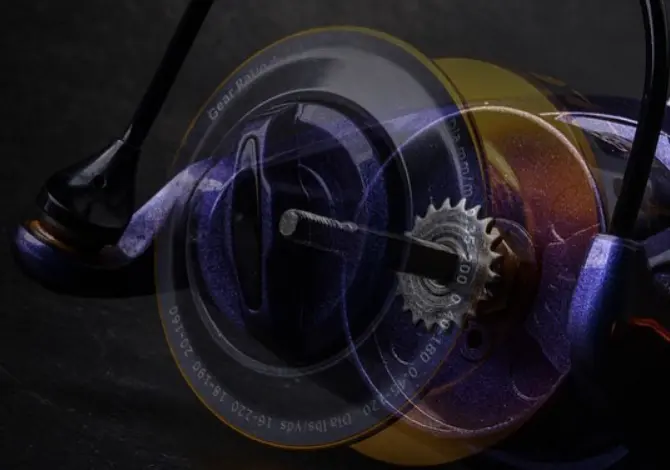
Source: Seahawk Lite Pro, Seahawk Temesis
Like a machinery, the inside of a fishing reel consists of many gears of different sizes turning together. Small gears would have turned many cycles for the larger gears to turn one cycle.
Both spinning and baitcasting reels’ gear ratio are quoted the same way. An example is 6.5:1, which means 1 turn of the reel handle would reel in the line 6.5 turns.
So, a higher gear ratio like above 7.0:1 would retrieve the line faster, and these are considered as high gear ratios. Choice of gear ratio depends on the target fish and technique to use.
Most water surface techniques, and fast fishes like Mackerels and Barracudas, require higher gear ratios.
In contrast, some techniques like slow jigging and some deep water fishes prefer slower baits that gives them “more hope”, which requires lower gear ratios.
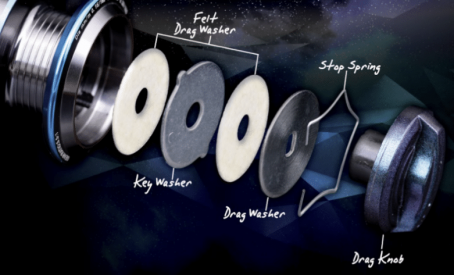
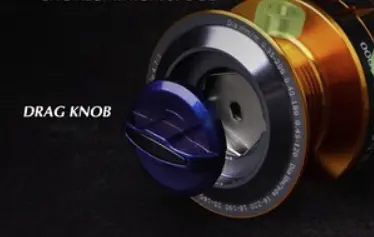
Source: Seahawk Lite Pro, Seahawk Temesis
Contrary to some beliefs, the reel’s maximum drag does not need to exactly match the target fishes’ weight or strength.
When a fish is on the line, the line should slowly slip when the drag limit is exceeded, which actually saves the anglers’ strength while still tiring out the fish.
Hence, the maximum drag should be less than the fish’s weight and strength. Excessive maximum drag may cause the line, rod, or reel to be damaged when excessive force is applied by the fish.
A certain maximum drag is able to catch fishes of up to 3 to 4 times that drag limit. Anglers in Malaysia do not often exceed the maximum drag of 13.5kg, “just enough” is enough.
The drag knob can be used to adjust the maximum drag if needed.
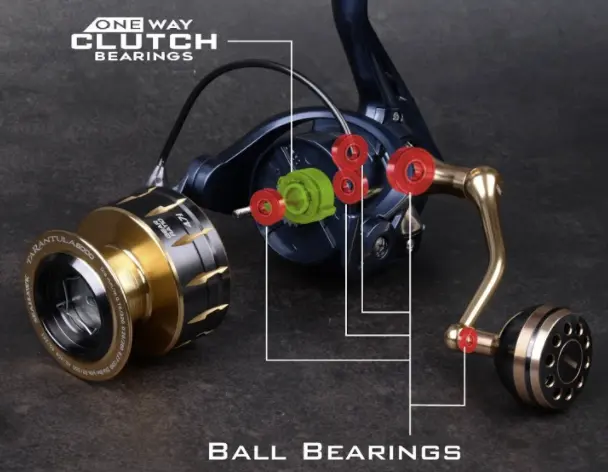
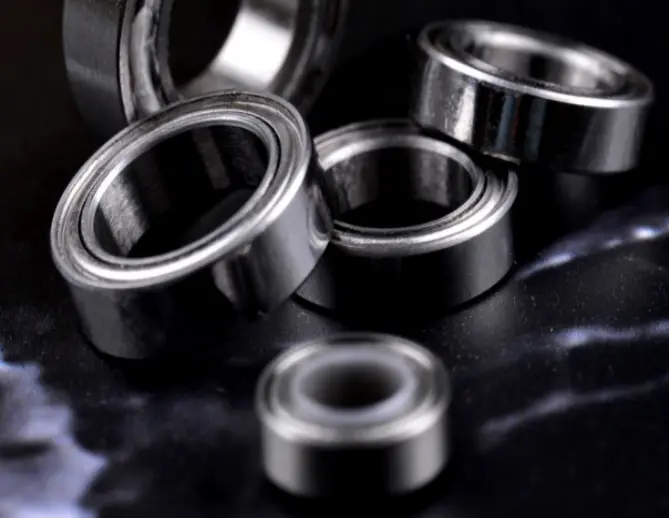
Source: Seahawk Tarantula
Ball bearings are ring-like structures that has roller balls in between the inner and outer rings.
Ball bearings are like the joints of the fishing reel body, they help the body move better. These bearings can always be found inside the handle and spool of the reel.
As such, the more “joints” a reel has, the better its motion, speed, and casting distance as the ball bearings reduces internal friction.
More ball bearings also helps with line retrieval, as less friction makes reeling more efficient, and less strength consuming.
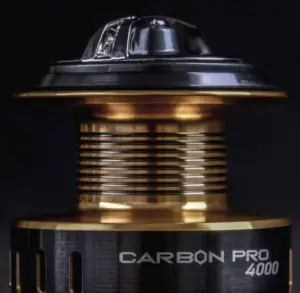
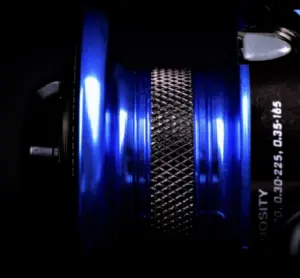
Source: Seahawk Carbon Pro, Seahawk Ronin
The spool is where the fishing line is “stored”. The line is spun around the spool when retrieving and will spin out of the spool when casting.
A deeper spool has longer line capacity, which allows more line for you to let “slip” when a large fish is on the line.
When a fish bites on the line, its either the fish tires out and the angler wins, or the rod/line breaks and the fish wins.
So, the spool and line capacity can be considered as the angler’s stamina whereby a deeper spool and longer line capacity gives the angler higher stamina compared to a shallow spool.
The fish is allowed to pull, and the angler must exhaust the fish while preventing his/her rod and line from breaking. Often this is done by allowing the line to “slip” as the fish pulls.
If the line capacity is exceeded (the angler’s stamina is used up), the line may break against big fishes if they still have lots of their strength left.
Therefore, a deeper spool may be needed when you decide to go for bigger catches.
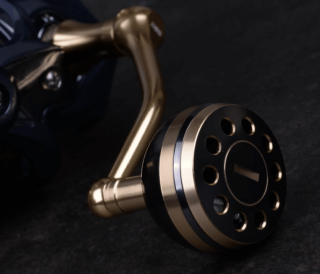
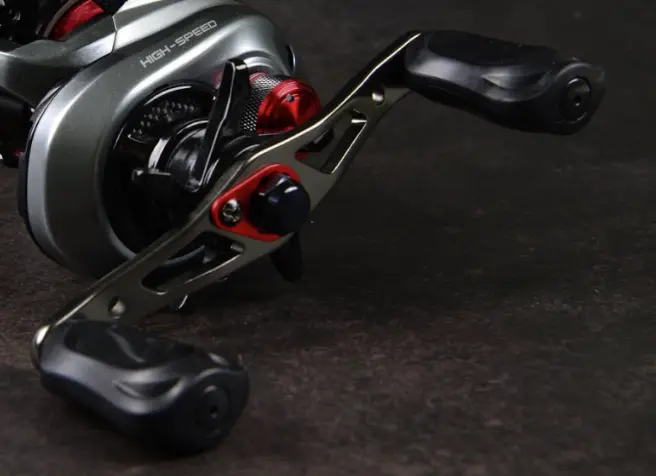
Source: Seahawk Tarantula, Team Seahawk Xeon
As it can be seen, the reel handle is used to reel in or retrieve the line. The handle is attached to the reel mostly through screw-ins and some reels allow their handles to be attached on both the right or left side, tailoring to the needs of both right- and left-handed anglers.
It is important to use a reel that has sturdy handles, especially when going against big fishes. Some materials for handles like aluminum and carbon make reeling sturdier, and modern manufacturing process like precision CNC makes it both sturdy and comfortable.
Some handles can also be folded to allow better flexibility in reeling.
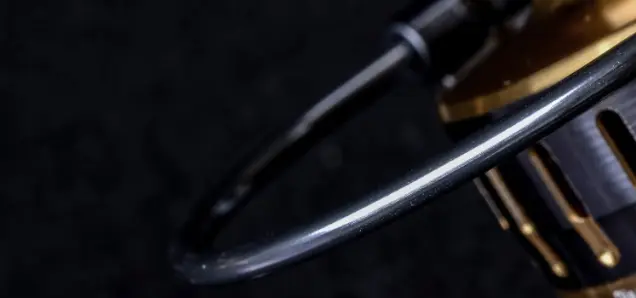
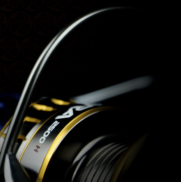
The bail arms are found only on spinning reels. They acts as the mediator between the rod and spool as the line is casted or retrieved. The bail “locks” the line onto the spool and the line can only be casted when the bail is flipped open / released.
A thicker bail arm is usually preferred by anglers as they can be stronger while also being more lightweight, depending on the material used.
The presence of the bail arm is also one of the main reasons that spinning reels are easier to cast as compared to baitcasting reels.
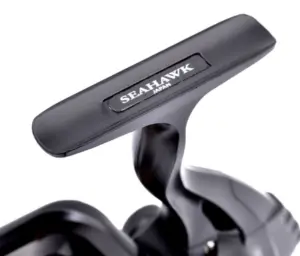
The foot allows the reel to be “seated” and attached onto the fishing rod on the real seat of the rod. The major difference between reel foots are usually the materials used and has a big impact on the steadiness of the fishing rod and reel as a whole.
Higher quality reel foots are made from strong materials like Carbon and metal body, which will attach very strongly and firmly onto the reel.
A strongly attached reel is less likely to be damaged when “battling” with big strong fishes.
Additionally, environmentally-resistant materials like aluminum and chromium can be used to prevent corrosion from sea water exposure.
For Malaysia’s fishing, Seahawk is committed to the exclusive creation of high-quality craftsmanship to ensure a superior finished product, equipped with the best materials using the latest manufacturing technologies.
From the tiny detailed pre-assembly parts, to gear and section processing, to packaging, Seahawk ensures precision, searing focus, and meticulousness throughout the whole process. Seahawk believes that the fishing quality and experience in Malaysia can be equivalent to those of international standards.
Thus, Seahawk prides itself on the ability to offer state-of-the-art products at affordable pricing, giving everyone access to quality fishing.